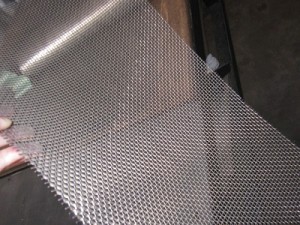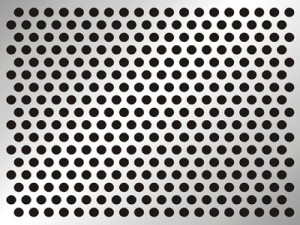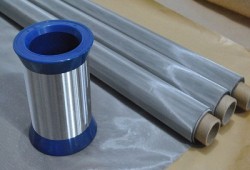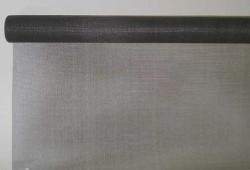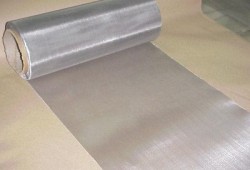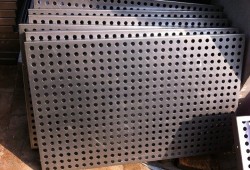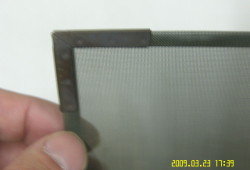
Hastelloy B-3 Mesh
Key Features:
- Excellent resistance to attack in the entire range of reducing media
- High strength, creeping resistance and chemical stability
- Mesh Size: 0.2mesh/inch to 300mesh/inch
- Wire Dia: 0.03mm to 8.0mm
Product Description:
Hastelloy B-3 Mesh (UNS N10675) is available with wire mesh and perforated metal. It has excellent corrosion resistance to the whole concentrations of hydrochloric acid at all temperature limits. It also prevents attack by sulfuric acid, acetic acid, formic acid and phosphoric acid. Hastelloy B-3 Mesh significantly avoids pitting and stress corrosion cracking in the reducing media. Because of its great performance in acidic solutions, Hastelloy B-3 Mesh is widely utilized in the chemical processing units such as extrusion filters.
Hastelloy B3 mesh Applications:
1. Pharmaceutical
2. Cellophane Production
3. Chlorination equipments
4. Pesticides and fertilizer processing
5. Incineration & scrubber systems
Hastelloy B-3 Mesh Chemistry:
| Ni | Cr | Mo | Mn | Cu | Si | C | S | P | Ti | Al | Co | Nb | V | Fe |
| 65 % | 1-3 % | 27-32 % | 1 % | 0.2 % | 0.1 % | 0.01 % | 0.01 % | 0.03 % | 0.2 % | 0.5 % | 3 % | 0.2 % | 0.2 % | 1-3 % |
Hastelloy B-3 Property Data:
| Density | 0.333 lbs per cubic inch |
| Tensile Strength | 150 Kpsi |
| Elongation | 50% |
| Melting temperature | 2585 oF |
| Max. Operating Temperature | 2000 oF |
| Electric resistivity | 53.8 µΩ-inch or 137 µΩ-cm at RT |
| Linear coefficient of thermal expansion | 5.7 µinches/in- of at 78of to 200of or 10.6 x 10(-6) Meter/meter-deg C at 25oC to 100oC |
| Thermal conductivity | 78 Btu-inch/ft2.hr.of or 11.2 W/m-K at RT |
| Specific heat capacity | 0.089 Btu/lb.of or 373 J/Kg-K at RT |
| Dynamic modulus of elasticity | 31.4 x 10-6 psi or 216 GPa at RT |
| Yield strength | 60.6 ksi or 420 MPa at room temperature |
Hastelloy B mesh is a commonly employed type among the Hastelloy family. It can perform at the high temperature limits even up to the boiling point. The mesh made from a Hastelloy B-3 grade also provides quality functionality in hydrogen chloride gas media. It also shows better performance than alloy B2 because of its higher cracking resistance as well as chemical stability.

